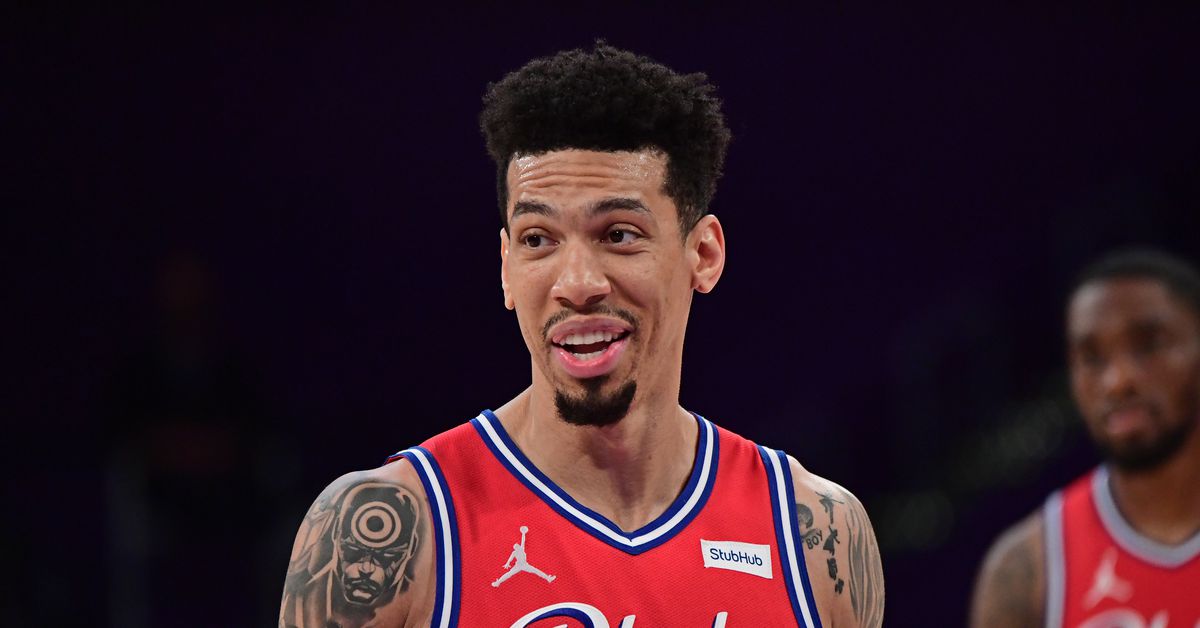When the Philadelphia 76ers only had to give up one first-round pick to move on from Al Horford, it was seen as a win for the team.
Besides just shooting at a lights-out percentage, Green’s quick trigger to fire away from deep on high volume is key in giving the Sixers the kind of spacing they need around Ben Simmons and Joel Embiid.
‘Can’t go in unless you throw it up there.’ And I’ll give him credit, he definitely listens, but we want him to do that.
“Scares the heck out of other teams in transition” is an apt description for Green’s fast break ability.
When you watch how calm Green usually is when defenders are closing out on him, it’s no surprise that he’s also leading the Sixers in “tightly” contested three-point attempts at 1.1 a night.
One six-game run in late March highlighted Green’s confidence more than ever, as he did his part to help fire up the offense in Embiid’s 10-game absence due to a bone bruise.
Doc Rivers is unsurprisingly a fan of how Green cuts and finds space when players like Embiid are double teamed — the head coach has simply dubbed one of Green’s relocation tactics as “The Danny Green Cut”.
He knows how to lose the attention of defenders by sneakily shifting into space on the opposite side of the floor, selling a cut before darting back to his original corner for three, or cutting straight to the basket.
Green often uses these tactics alongside Ben Simmons, who has enjoyed playing with Philly’s new sharpshooter all season.
I’m still learning to play with him, where he wants his shots, but he’s been great at cutting.
This also applies when the Sixers use Embiid at the elbows or in “delay” action, which sets him up in the middle of the court and allows him to scan the floor for easier passing reads .
That said, on a Sixers team that has elite defenders like Ben Simmons and Matisse Thybulle to throw at top ball-handlers, it’s less of an issue.
Some schematic adjustments — such as using more varied pick-and-roll coverages and being more aggressive in helping off shooters to contain drivers — have made a difference as well.
He helps on time, communicates, has sharp instincts to read plays as they’re developing, and knows how to break up passing lanes without making unwise gambles.
“He’s trying to do a team mentality,” Korkmaz says of Green’s defense.
“He likes to talk,” Korkmaz adds when talking about Green’s guidance.
And even though he has limited speed, he can still disrupt plays on the ball with his persistence, length, anticipation, coordination, and active hands — tools that help him break up dribble hand-offs and bother players when he trails them around screens.
When Simmons and Thybulle smothering players on the ball with Embiid locking down the paint, adding Green into the mix can be unfair for opponents.
Plus, as has been the case for years, Green is a terrific transition defender.
Since day one, Rivers also wanted Green to come in and work with the team’s young players.
“I’m able to be impactful to them because of how willing they are to learn and take criticism.
He’s the true definition of a vet and it’s been great for him to just be around.
